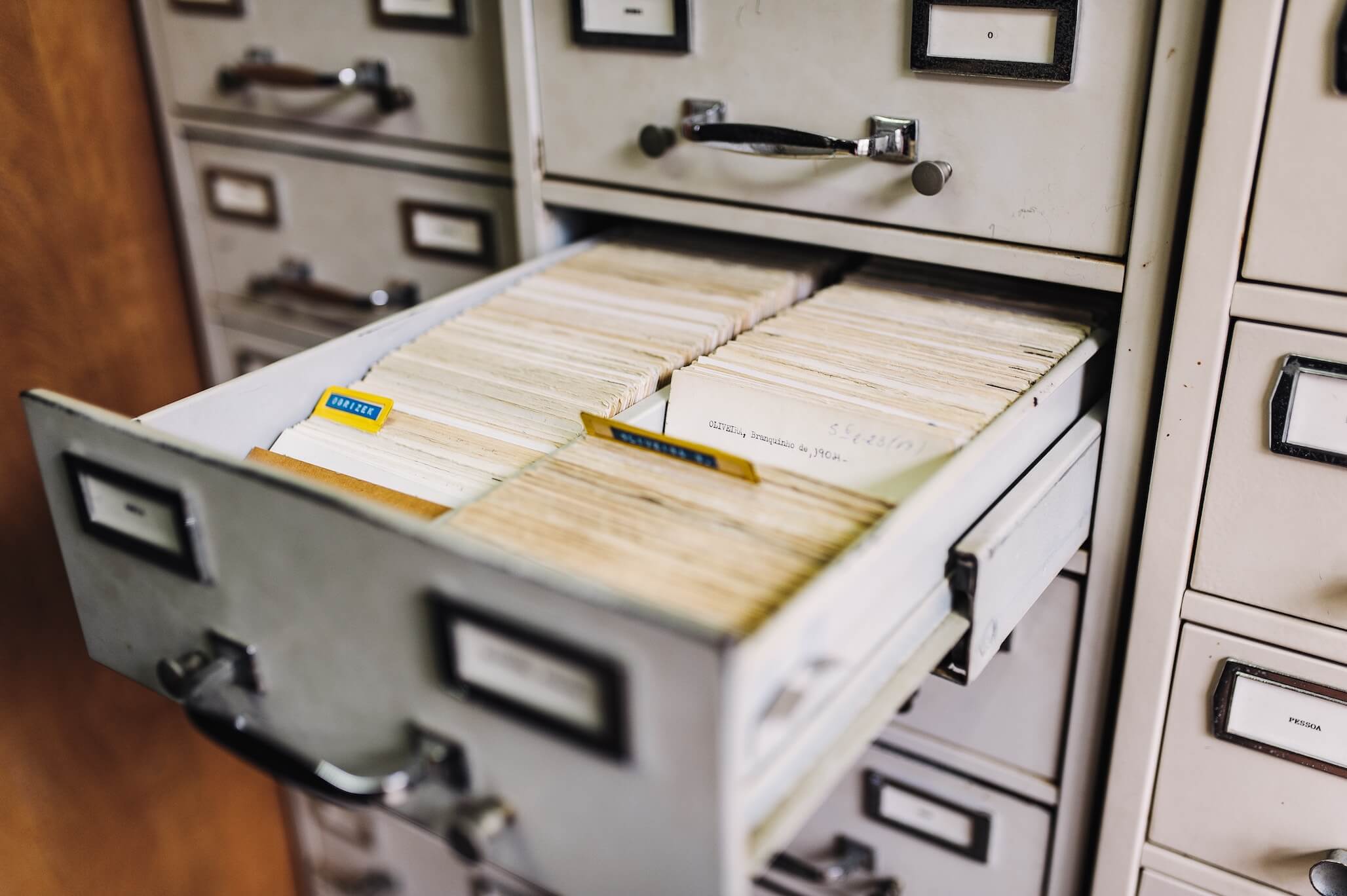It’s a common question that I get from intermediate or advanced students who are trying to learn new repertoire and new techniques at the same time:
When I have limited practice time, is it better to tackle hard or simple problems?
While it may seem like tackling easy problems (and checking them off the to-do list) is the best approach, that may not be the case.
The BulletproofMusician recently covered at study of ER doctors and how they pick patients, and how that strategy may work for setting your practice goals and priorities.
In some ways, ER doctors have it easier than a practicing musicians, since these doctors have something that most musicians don’t – a list of their patients that have been triaged and prioritized. (In almost every other way, of course, musicians have it much easier.)
Having a list of things to practice that have been sorted in terms of their importance and their difficulty is the most basic step to being more productive in your practice.
Not only does having such a sorted list give you a clear idea of the things you have to do before a specific audition or concert, but it can also help you make intelligent decisions in your practice.
For example, if you’ve only got a limited amount of time (or you’re tired), you can tackle simpler problems and still make progress toward your goal(s). When you’ve got more time or energy, then you can tackle a more challenging excerpt, piece, or playing technique.
This balance of working on easy and hard problems helps avoid the discouragement of only working on hard problems (and seeing little progress) or putting off the challenging problems until it’s too late.
Since this is also something that’s possible to do away from the horn, if you’re unable to practice over this (or any other) break, you can put together a “triage list” of things to practice for whenever you do get back to your instrument.


Leave a Reply
You must be logged in to post a comment.